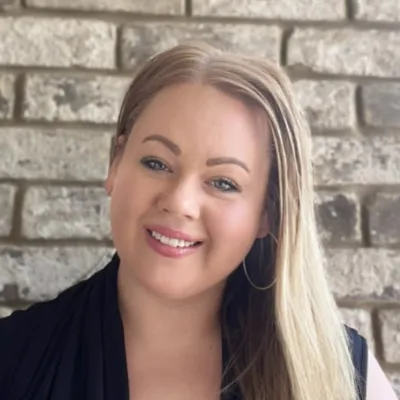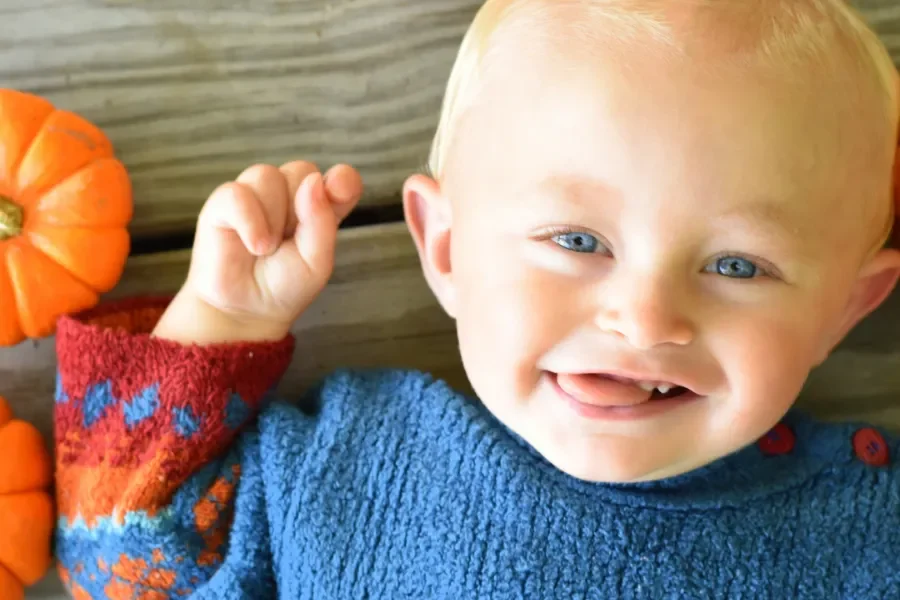As the leaves change and the air takes on a crisp edge, October arrives with its vibrant colors and whispers of holidays to come. Yet, while we cherish this beautiful season, October is also a time for reflection and awareness. In the world of pediatric sleep consulting, it’s the month when we pay special attention to SIDS, or Sudden Infant Death Syndrome, and the crucial importance of safe sleep practices.
Sign up to receive more tips for better sleep!
As a pediatric sleep consultant, my mission is to help parents guide their precious little ones into the world of sweet dreams and restful nights. But at the core of my work is ensuring that these dreams are also safe. So, this October, let’s delve into the significance of safe sleep for your baby, under the gentle guidance of the American Academy of Pediatrics (AAP).
SIDS: A Silent Threat
SIDS is a topic that no one likes to think about. It’s a parent’s worst nightmare, and the pain it causes is immeasurable. SIDS is often silent, sudden, and inexplicable. While there’s no surefire way to prevent it, following safe sleep guidelines can significantly reduce the risk.
Back to Sleep
The most fundamental guideline, and one that you’ve probably heard countless times, is to put your baby to sleep on their back. It’s a simple step but a powerful one. Babies who sleep on their backs have a lower risk of SIDS. It’s our little way of ensuring that your baby’s airway remains clear throughout the night.
Firm and Bare
A firm mattress, bassinet, or play yard that meets safety standards is where your baby should slumber. Avoid pillows, quilts, comforters, and all those soft, fluffy items that might seem adorable but pose risks. The AAP recommends using just a fitted sheet, and it’s a recommendation worth following.
The Power of Pacifiers
Pacifiers have another role to play besides soothing your little one. Offering a pacifier at naptime and bedtime is recommended to reduce the risk of SIDS. The best part? There’s no need to put it back in your baby’s mouth if they fall asleep with it.
Sharing a Room
Ideally, your baby should sleep in your room but on a separate surface designed for infants, at least for the first six months and preferably for the entire first year. This practice makes it easier for you to check on your baby and respond to their needs while providing a safe sleep environment.
This October, as we reflect on SIDS awareness, remember that by following these guidelines, you’re not only giving your baby the best start in life but also granting yourself the peace of mind that comes from knowing you’ve done everything in your power to keep them safe.
As a pediatric sleep consultant, I’m here to guide you, answer your questions, and support you through this journey of parenthood. If you have any concerns or need assistance with sleep training, I’m just a message away.
Let’s make this October a month of awareness, understanding, and sweet dreams. May your nights be peaceful and your hearts full of love.
Wishing you and your little ones the coziest of nights and the happiest of dreams.
Disclaimer: This blog is for informational purposes only and should not be considered a substitute for medical advice or professional consultation. Always consult with your healthcare provider regarding your child’s health and safety.

